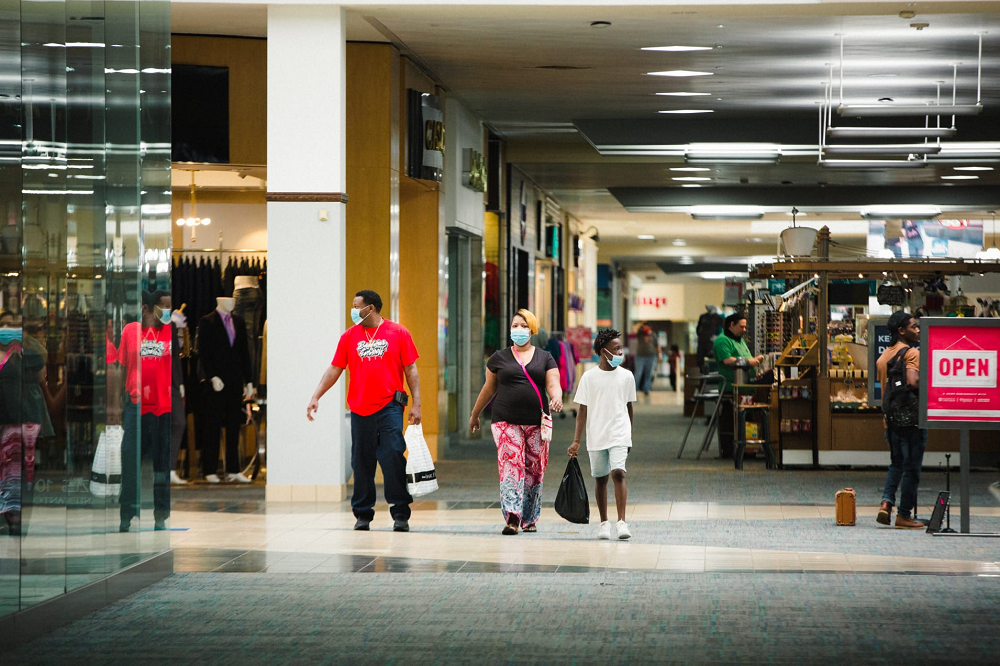The US will need to spend trillions more as economy takes until 2022 to fully recover: CNBC survey
April 28, 2020 @ 20:18 +03:00
The economy could take one to two years to rebound to full strength and the Federal Reserve and Congress, having already committed historic sums to fight the coronavirus pandemic, will have to commit trillions more, according to respondents to the CNBC Fed Survey.
With the Federal Reserve’s balance sheet already at an unprecedented $6.45 trillion, the 36 respondents see it rising on average to $9.8 trillion. The additional trillions will be added by the end of the current quarter, the respondents expect. Congress, having already committed about $2.5 trillion, is seen putting in an additional $2 trillion.
Jack Kleinhenz, chief economist for the National Retail Federation, said, “The policy response has been appropriate, but policy takes time to work its way into the economy and targeted sectors. … Many small businesses stand at risk.”
Despite the massive relief, respondents still see the unemployment rate rising to 19%, hitting that level in August. It’s expected to decline only gradually, to 11% by December and to 7% by the end of 2021. That would leave it at about double the rate before the crisis.
A 33% plurality believes the economy won’t be fully restored until the second quarter of 2022. But 19% believe it will be back by year-end and another 19% believe it can happen even earlier, highlighting a wide range of views about the speed and strength of a recovery.
“During the pandemic, production and consumption have been largely deferred and not lost,” wrote Rob Morgan, director of market strategy at US Energy Advisors. “This leads me to believe the economy will experience a V-shaped recovery beginning in the third quarter 2020.”
On average, respondents see gross domestic product falling by 24% this quarter, followed by a rebound of 4.7% in the third quarter and another strong quarter in the fourth. It won’t be enough to make back the losses in the first half. For the full year, GDP is forecast to decline by 5%.
Mark Zandi, chief economist at Moody’s Analytics, said a vaccine is essential for the economy to gain traction. “Until then, any recovery will remain something of a slog, characterized by halting growth and high single-digit unemployment. And even then, the economy won’t be in full swing and fully recovered until mid-decade.”
The Fed funds rate is seen remaining at zero for the rest of the year and rise to 1.9% in 2021. The Federal Reserve concludes its two-day policy meeting on Wednesday. Answers for CNBC’s Fed Survey from investors and economists were collected Thursday to Saturday.
The S&P is forecast to finish lower on the year at 2,844 than Monday’s close, and rise to 3,141 next year for a 9% gain by the end of 2021.
“I think the risk markets are anticipating a faster return to normalized economic conditions than we are likely to see,” says John Ryding, chief economic advisor at Brean Capital LLC.
Among the risks: Respondents place a 61% probability on a second round of contagion in the fall and winter.
The US will need to spend trillions more as economy takes until 2022 to fully recover: CNBC survey, CNBC, Apr 28







